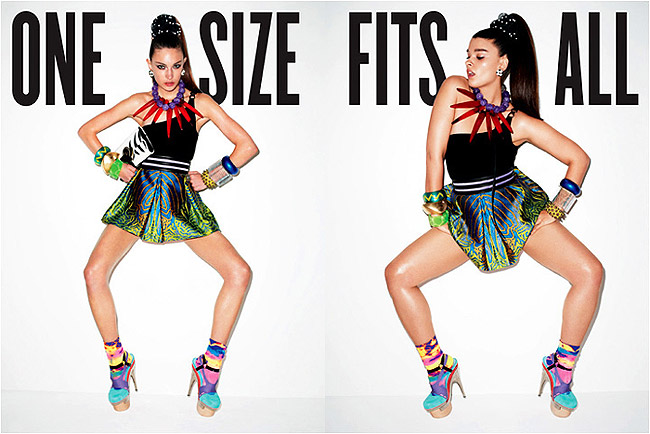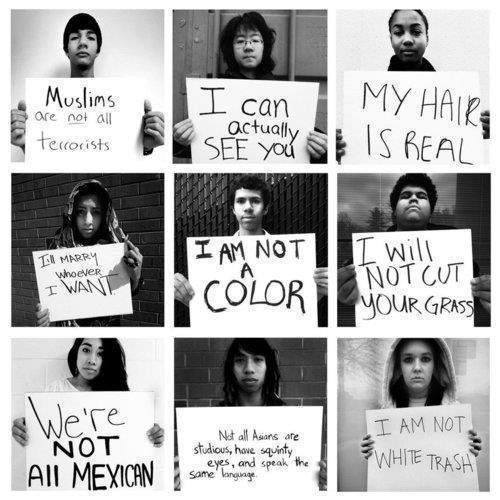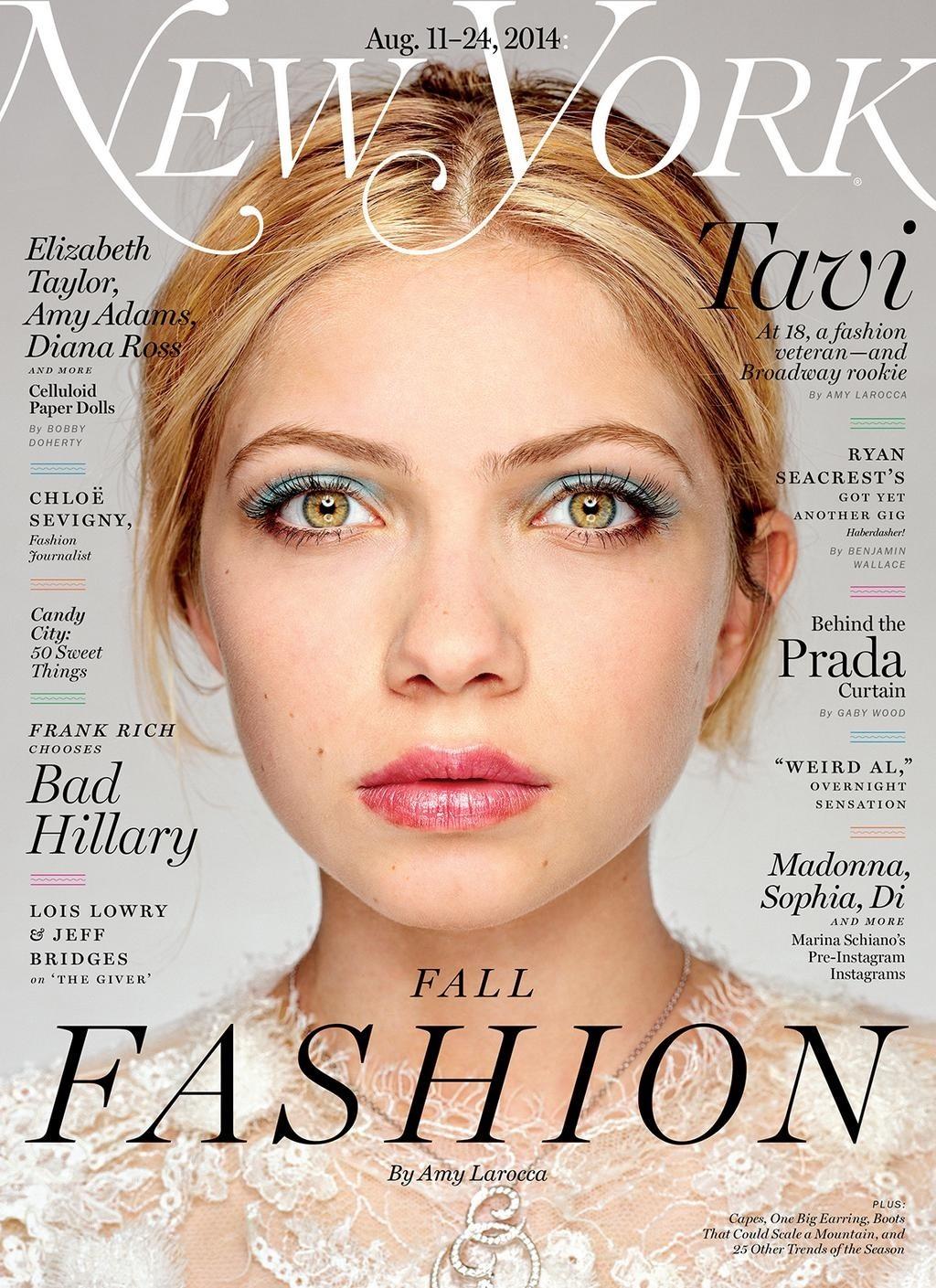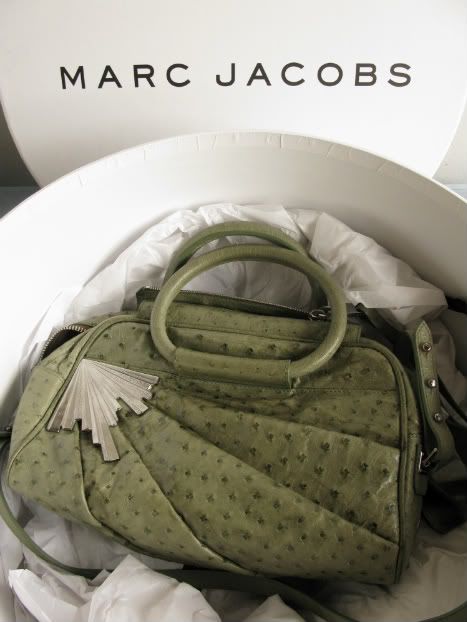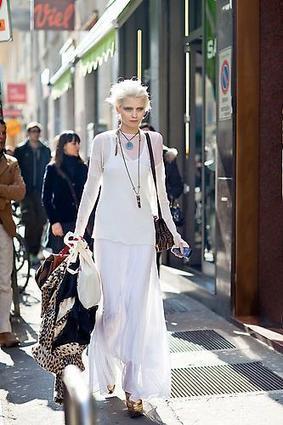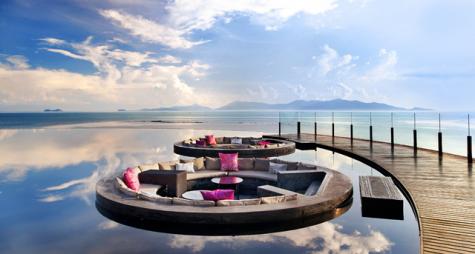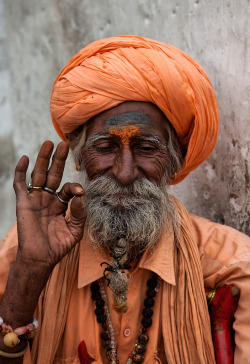You also don't have to worry about your living situation. If you have a million dollars, you can take advantage of a manor in Florida that comes equipped with a recycling center, composting yard, organic gardens and a farmers market. Homes will also include a solar system, hiking trails, electric community transportation and equestrian stables. While the idea of being totally sustainable and eco-conscious may have not been yet wholly adopted by those who love their Lamborghinis, even those that do love their high end products cannot help but think about their affectations in the planet, I'm sure these people will be first in line to drive off with their new, low emission Lambo or just adapt to the other options that will allow sustainability.
Welkin NYC
 Sustainability is a major counterpart within the fashion industry and is becoming increasingly important. Using all the materials and extra fabric is becoming important especially in New York's fashion district. After researching Nanette Lapore, we have realized the importance that designers stress on sustainability. Zara has had some recent problems with the chemicals of their dyes penetrating into their clothing which can be a cause of cancer. The disregard for being green and healthy to our earth hurts our fashion industry as well as other industries. PETA who is commonly known for their extremist practices of no fur and nudity also take the idea of sustainability to a new level. They find that faux fur or no fur at all are better for our ecosystem than to kill animals for our fashion statements. West Hollywood has actually made it illegal to sell new furs in the city, and only used or vintage furs can be sold in stores registering in this zip code.
Sustainability is a major counterpart within the fashion industry and is becoming increasingly important. Using all the materials and extra fabric is becoming important especially in New York's fashion district. After researching Nanette Lapore, we have realized the importance that designers stress on sustainability. Zara has had some recent problems with the chemicals of their dyes penetrating into their clothing which can be a cause of cancer. The disregard for being green and healthy to our earth hurts our fashion industry as well as other industries. PETA who is commonly known for their extremist practices of no fur and nudity also take the idea of sustainability to a new level. They find that faux fur or no fur at all are better for our ecosystem than to kill animals for our fashion statements. West Hollywood has actually made it illegal to sell new furs in the city, and only used or vintage furs can be sold in stores registering in this zip code.

Welkin NYC is a sustainable children's fashion company that my sister in NYC started. She is conscious around the idea of using all leftover materials as well as not wasting fabrics to create her clothes. Belle and her partner started this line to give children trendy clothes that can be reused and ultimately ecofriendly.
When Belle had entered into the fashion industry in the early 2000's, she had seen the blatant disregard for economic awareness within the fashion industry. Since she had always wanted to start a clothing line, she knew that her importance would be in giving back to the world.

The clothing of Welkin NYC gives children a trendy, Brooklyn style that shows their artistic and unique style throughout the line. To gain enough funding for her first line, Belle actually started a campaign on kickstarter which the video below was created for. She believes that it is small lines like this that will eventually be able to influence the fashion industry in a major way.
Her children and her partner's children are the models and they love to pose for the camera!
Welkin NYC
 Sustainability is a major counterpart within the fashion industry and is becoming increasingly important. Using all the materials and extra fabric is becoming important especially in New York's fashion district. After researching Nanette Lapore, we have realized the importance that designers stress on sustainability. Zara has had some recent problems with the chemicals of their dyes penetrating into their clothing which can be a cause of cancer. The disregard for being green and healthy to our earth hurts our fashion industry as well as other industries. PETA who is commonly known for their extremist practices of no fur and nudity also take the idea of sustainability to a new level. They find that faux fur or no fur at all are better for our ecosystem than to kill animals for our fashion statements. West Hollywood has actually made it illegal to sell new furs in the city, and only used or vintage furs can be sold in stores registering in this zip code.
Sustainability is a major counterpart within the fashion industry and is becoming increasingly important. Using all the materials and extra fabric is becoming important especially in New York's fashion district. After researching Nanette Lapore, we have realized the importance that designers stress on sustainability. Zara has had some recent problems with the chemicals of their dyes penetrating into their clothing which can be a cause of cancer. The disregard for being green and healthy to our earth hurts our fashion industry as well as other industries. PETA who is commonly known for their extremist practices of no fur and nudity also take the idea of sustainability to a new level. They find that faux fur or no fur at all are better for our ecosystem than to kill animals for our fashion statements. West Hollywood has actually made it illegal to sell new furs in the city, and only used or vintage furs can be sold in stores registering in this zip code.
Welkin NYC is a sustainable children's fashion company that my sister in NYC started. She is conscious around the idea of using all leftover materials as well as not wasting fabrics to create her clothes. Belle and her partner started this line to give children trendy clothes that can be reused and ultimately ecofriendly.
When Belle had entered into the fashion industry in the early 2000's, she had seen the blatant disregard for economic awareness within the fashion industry. Since she had always wanted to start a clothing line, she knew that her importance would be in giving back to the world.

The clothing of Welkin NYC gives children a trendy, Brooklyn style that shows their artistic and unique style throughout the line. To gain enough funding for her first line, Belle actually started a campaign on kickstarter which the video below was created for. She believes that it is small lines like this that will eventually be able to influence the fashion industry in a major way.
Her children and her partner's children are the models and they love to pose for the camera!


